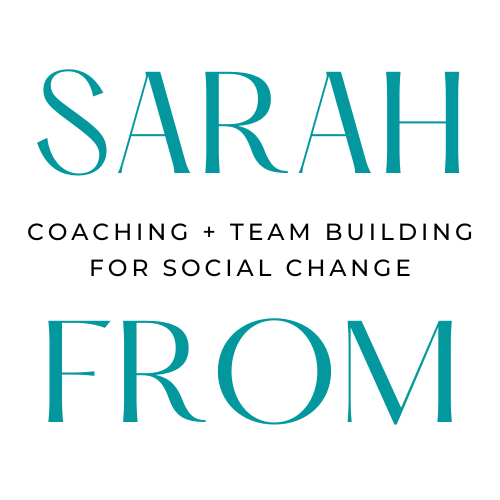A year ago, I wrote about my first full year applying the Getting Things Done methodology to my life and work. For the uninitiated, GTD is a system created by David Allen for organizing all of the "stuff" that comes at you in life -- all the to-dos, projects, things other people owe you, etc. (The best entry point to GTD is to read the book.) GTD was a revelation for me, helping me gain control of a lot of loose ends and allowing me to clear both desk space and head space as I left a longtime job and went back to school.
So, a year later, has it stuck? In large part, yes. While I'm less regimented/disciplined about the way I employ GTD these days, its principles are what guide the way I stay on top of everything going on in my life. Here are a few of the ideas that have been most central to my implementation of GTD in the second year:
First things first, it's not about the technology.
David Allen says this, but most of us have to figure it out on our own. I, like my time management coaching clients, spent a good deal of time looking for the "right" technology to implement GTD. Is it Remember The Milk or OmniFocus? A simple list on my smartphone or a pen-and-paper list in a notebook? And should I be using Evernote?
My learning here is that there is no "best" technology for GTD - the best technology is the one that works for me. Further, what is best for me may change, and that's okay. There are weeks when I need to have everything on my phone so I can access it anywhere. And there are weeks when I need to have a handwritten list staring up at me from my desk. Both are okay, and I adjust for what will work for me at any given time.
Second, GTD is not about perfection.
When I first started doing GTD, I wanted to do it perfectly: everything captured on the appropriate list, email inbox and desk inbox empty at the end of each and every day (no exceptions), a weekly review chiseled into my calendar. What I've learned is that I don't have to do GTD perfectly for it to work for me. I fall off the wagon for weeks at a time, start to feel the disarray that results, and then get back on. GTD is a very forgiving system -- and once you learn the basics it is there to help you clean up however messy you've let your life become.
But it is about the principles.
The basic GTD principles are what have continued to work for me over the two years. Among them:
The 5 stages of workflow: Collect, Process, Organize, Review, Do. When things feel out of sorts, it's usually because I need to jump back in on one stage of this process. If you are still thinking of the things on your plate as just "done" or "waiting to be done," the 5 stages of workflow will be an eye-opener. Chapter 2 of Getting Things Done, which explains the five stages, is something I return to again and again.
The inbox. Having ONE place where all incoming stuff lands -- my physical inbox in my home/office space and my email inbox in virtual space -- means that I always know where to put and where to find stuff I haven't dealt with yet.
The full capture. When I'm feeling an ambiguous sense of overwhelm, it's usually because I have stuff bouncing around my head that I have not yet captured on a list. This will happen when I'm trying to focus on some big project but all the while feel a nagging sense of all of the other stuff that I need to attend to. I've learned that when this happens I need to stop what I'm doing for 5 minutes and do a full capture -- or what D.A. calls a mindsweep -- of all the loose ends that are taking up space in my working memory. That list goes into my inbox for future processing, and I can go back to my project with a clearer head.
The review. This, along with the full capture, is the other instant stress-reliever. Knowing that I will regularly sit down and review everything on my plate - big and small, from the recent past to the near future - allows me to relax into the moment and not worry about things slipping through the cracks. David Allen preaches the virtue of the Weekly Review of everything on your plate -- and yes, ideally the reviews are weekly -- but I've allowed my review schedule to be a bit more fluid and driven by my internal sense of when I need to step back.
For those of you just thinking about starting GTD or something like it, my advice would be to first adopt, then adapt. Jump into it with both feet -- listen to the man when he says to use only fresh file folders and to use a label-maker. But then, once you've gotten a hang of David Allen's way, make it your way. Modify it to fit your needs, and don't worry that you're not doing it "right." What's right is what works for you.
How have you made GTD your own? Share your thoughts in the comments.
Subscribe to Do Your Best Work. Paste the URL in your favorite feed reader, or use the box at the top right of this page to receive posts by email.
 What does it really mean to get organized at work? Let's break this down:
What does it really mean to get organized at work? Let's break this down:


